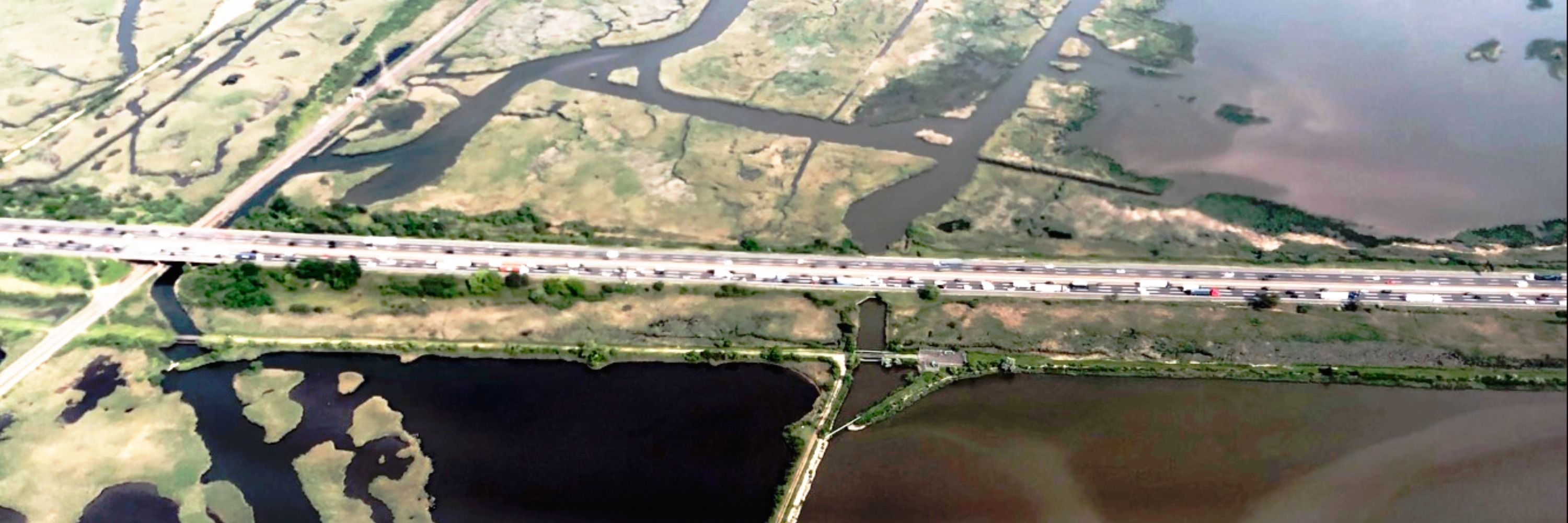Charlotte Leib
@charlotte-leib.bsky.social
1.9K followers
570 following
220 posts
PhD cand. @Yale writing an #envhist of the NJ Meadowlands centered on the transition from the organic to fossil economies. Trained in landscape, energy, early Am.& US history, w/ broader interests in histories of tech, capitalism, climate charlotteleib.com
Posts
Media
Videos
Starter Packs
Reposted by Charlotte Leib
Reposted by Charlotte Leib
Reposted by Charlotte Leib
Reposted by Charlotte Leib
Reposted by Charlotte Leib























